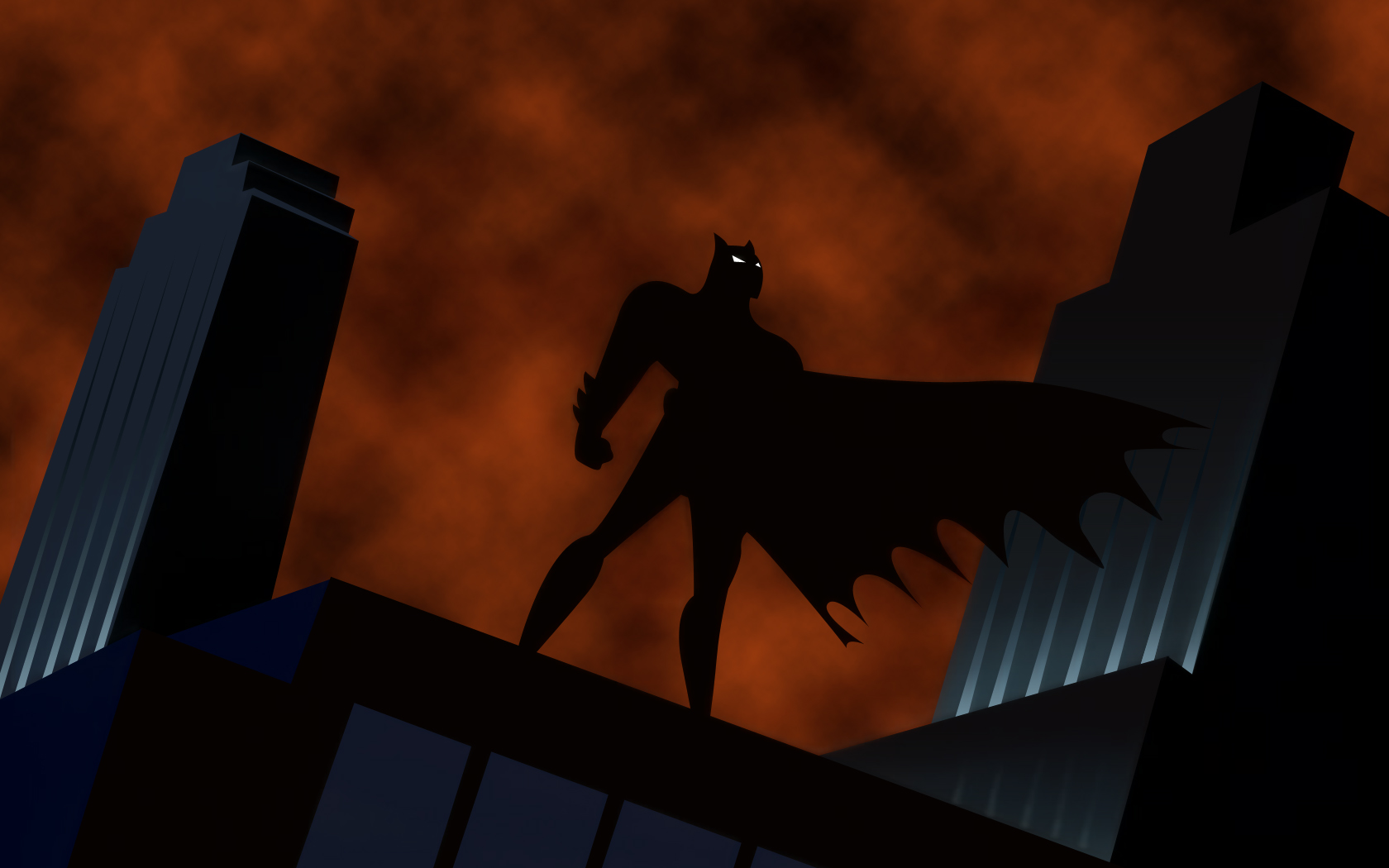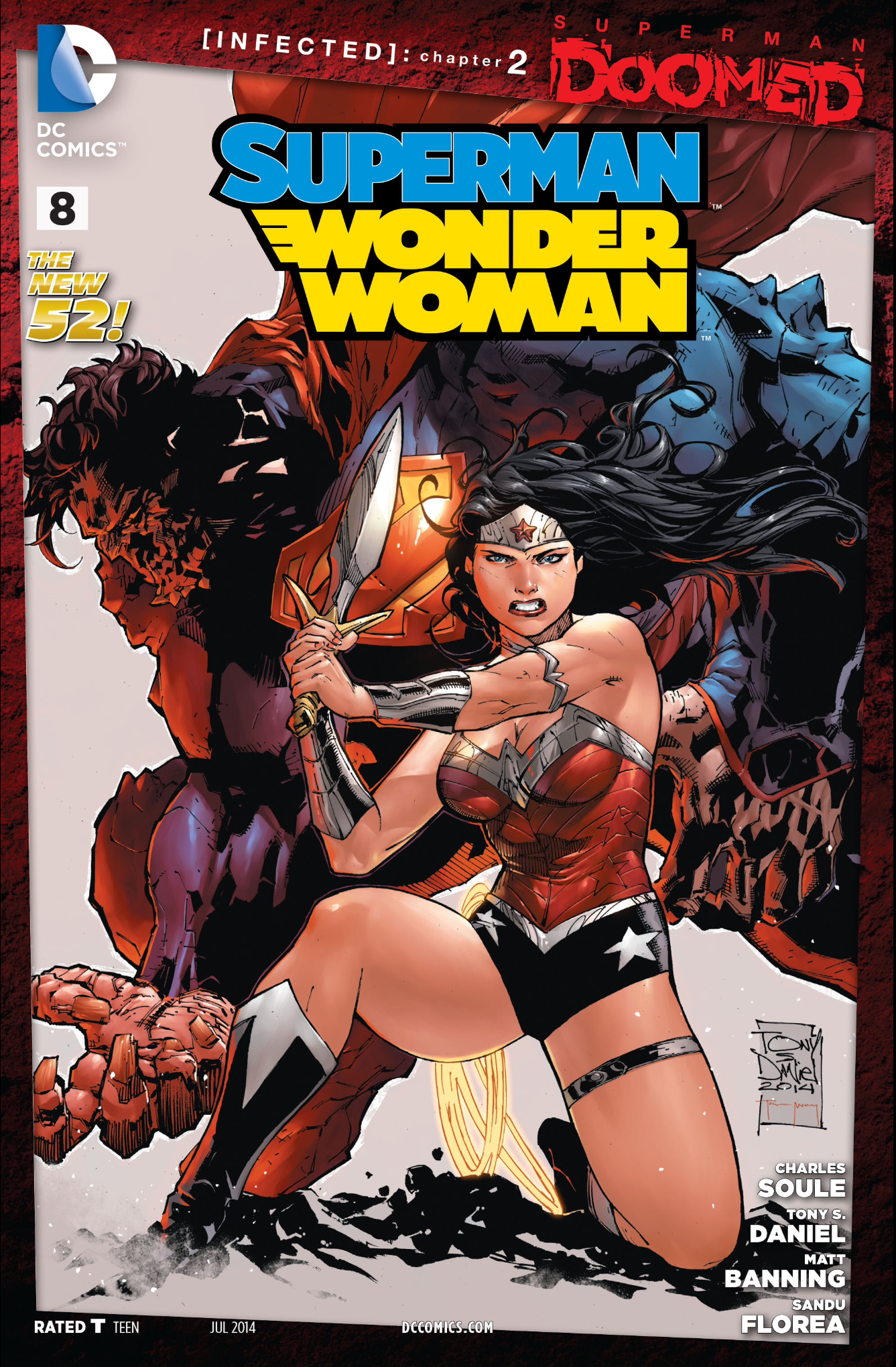
I’ve Got Batman in My Basement
Directed by: Frank Paur
Written By: Sam Graham and Chris Hubbell
Original Air Date: September 30th 1992
Synopsis: [From IMDB: Here] While trying to thwart Penguin’s robbery of a rare Faberge egg, Batman is weakened by exposure to a toxic gas. He takes shelter in a basement apartment belonging to a teen-aged amateur detective.
If you conduct a quick google search of the episode, I’ve Got Batman in My Basement, you’ll find that it has an infamous reputation among the series’s fans. While I don’t wish to repeat many of the criticisms that have been leveled at the episode, it would be wrong to state that I’ve got Batman in My Basement’s reputation is ill-deserved. It is clear that this is one of the worst episodes of the series, but after seeing several of the missteps of previous episodes (i.e. The Last Laugh, The Underdwellers and The Forgotten) it’s fair to say this is simply an early script where the showrunners were still figuring out the tone of the series.
What’s clear (even from its title) is that I’ve Got Batman in My Basement levels itself at a much younger audience than the more complex or psychologically ambitious episodes such as P.O.V or the Two-Face 2-parter. The plot is simple. Batman, after attempting to thwart a robbery staged by the Penguin, finds himself temporarily out of commission and is saved by a group of kids who hide and medicate him in their basement. Upon tracking the kids to their home, the Penguin and his goons invade the house, only for the caped crusader to miraculously awake and save the day just in time.

By placing greater emphasis on the humour, this episode clearly attempts to appeal to kids by focusing much more on the youngsters who find themselves caught up within the conflict between Batman and the Penguin. While moving the focus away from Batman within an episode or story is not always a bad thing (something specifically illustrated by both the episode P.O.V as well as Brubaker and Rucka’s Gotham Central) in this case, the failure to create interesting characters makes for a somewhat pedestrian story.
Here, the kids come across as dull cliches from children’s narratives, notably the ambitious geeky detectives (a la Enid Blyton’s The Famous Five) and the one-note bullies who begin as tormentors, only to change their heart at the end. It’s all very bland and is further served up with both sub-par voice acting, but also a series of what I have seen described as a Home Alone styled slapstick sequences… because, you know, it was popular at the time.
It therefore comes across as a patronising affair that talks down to its audience by thinking it knows what the audience wants and playing up to cliches, rather than simply telling them a story. Not only this, the scripting is also exceptionally weak. Rather than using animation’s ability as a visual art to tell the story (something the series has done excellently to this point) the script returns it back to the dark ages of 1980s Filmation, using the character’s dialogue to explain actions we can blatantly see onscreen.

Yet, perhaps the most disappointing feature of this episode is that it acts as the series’s introduction to the Penguin, a character who at the time, was probably the second most well-known Bat-villain after The Joker. Borrowing elements of his design from Tim Burton’s recent Batman Returns, the Penguin appears as a disfigured snob, one with an pointed, beak like nose and flipper like hands. It’s a decision I’m actually a supporter of. While not to everyone’s tastes, I’ve always preferred the more Gothic, Dr Caligari inspired version of the penguin over any others, including Burgess Meredith’s famous incarnation in the 1960s TV show.
Yet, rather than getting to the crux of this villains motivations or even learning more about his character, the viewer never gets more than a few quirks to associate with him. We learn that he is can train and control birds, has a penchant for theatrical, cringe worthy puns and utilities a vast array of umbrella-based weaponry. Yet, rather than considering the character as either a freakish monster or refined, aristocratic gangster, the viewer does not really learn much about the character (something, I concede is a slight flaw within the series itself).
The character’s voice actor, Paul Williams, attempts an admirable job with what he’d given, but he’s lost within a multitude of terrible, cringeworthy dialogue and plotting, with the penguin coming across as a bumbling, amateur thief as opposed to the expert, professional criminal he is supposed to be. In fact, the only time he looks like a threat is when he fires a gas grenade at Batman, something that is easily lost when him and his goons are largely humiliated by the children in their home. In doing so, his treatment here is so ineffective he could quite easily be replaced by any other villain from the rogues gallery and still tell the same story.
When factored with the somewhat mediocre animation, it is fairly clear why I‘ve Got Batman in My Basement lies at the bottom of many fans lists when ranking their favorite episodes from the series. With the poor scripting and cliched characters, it is no wonder the two writers were not invited back for later episodes, while the treatment of the penguin and his motivations are largely under subscribed. Ultimately, this is a poor story that ranks up there with the previously aforementioned weak links within the series run. It’s just a good job, one of the series’s most celebrated episodes, Heart of Ice followed it.











